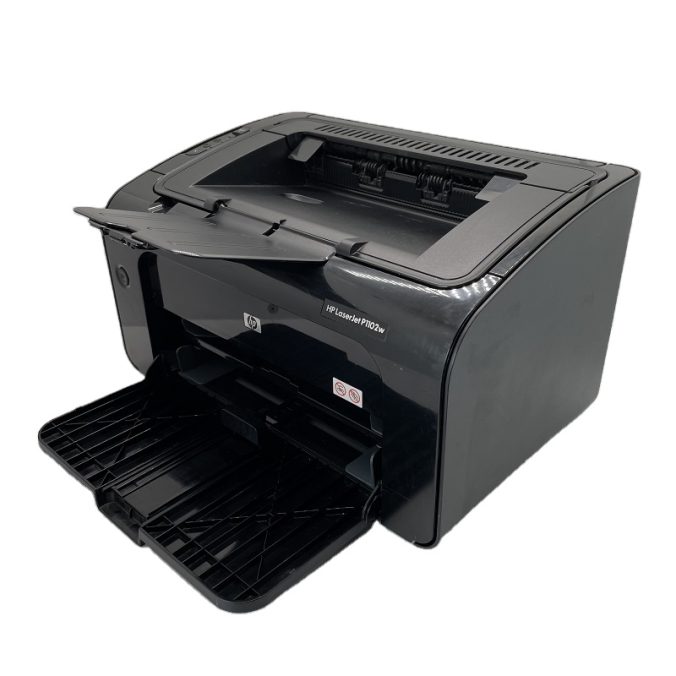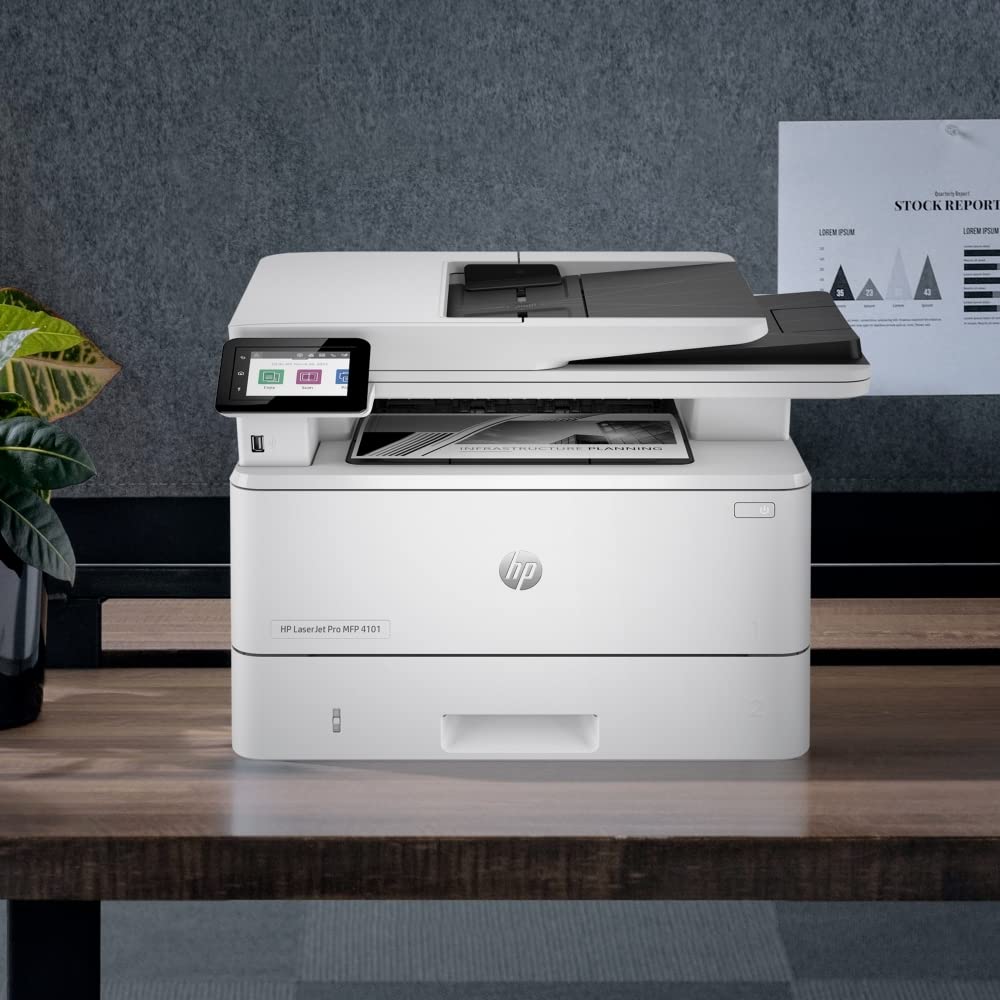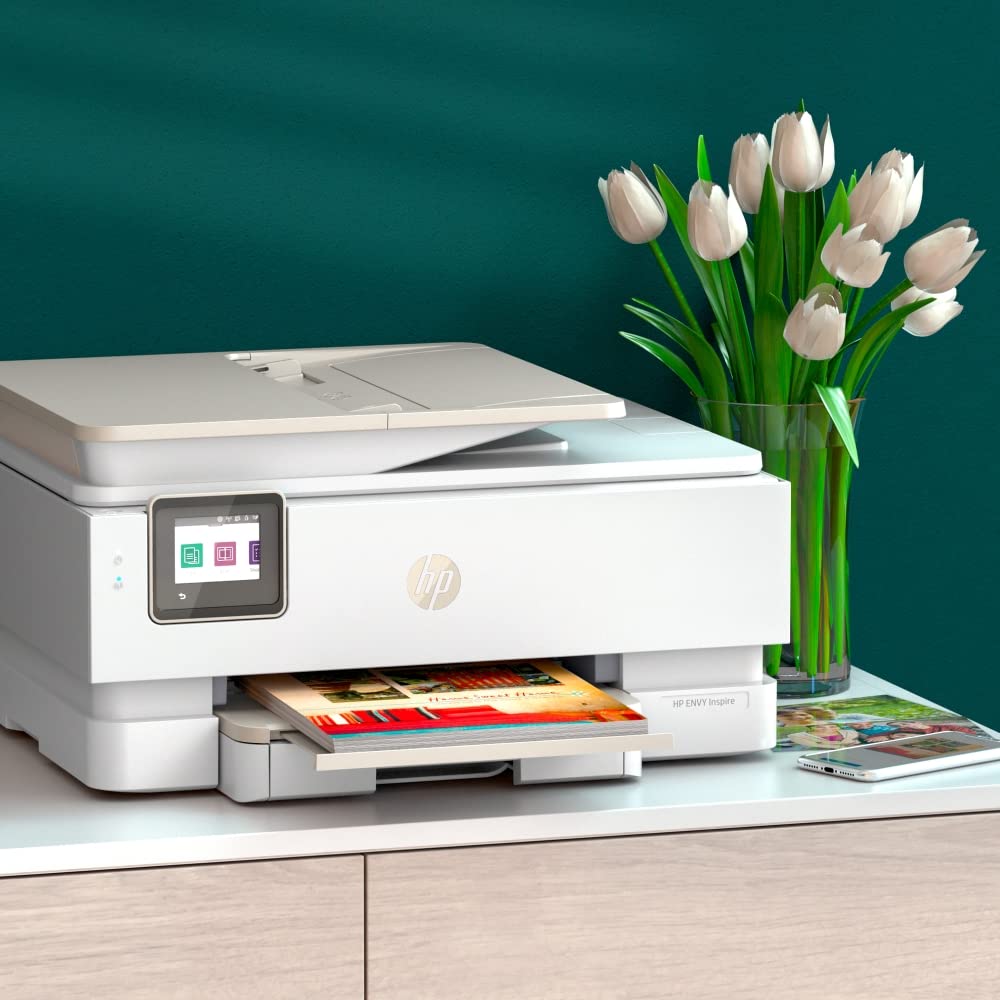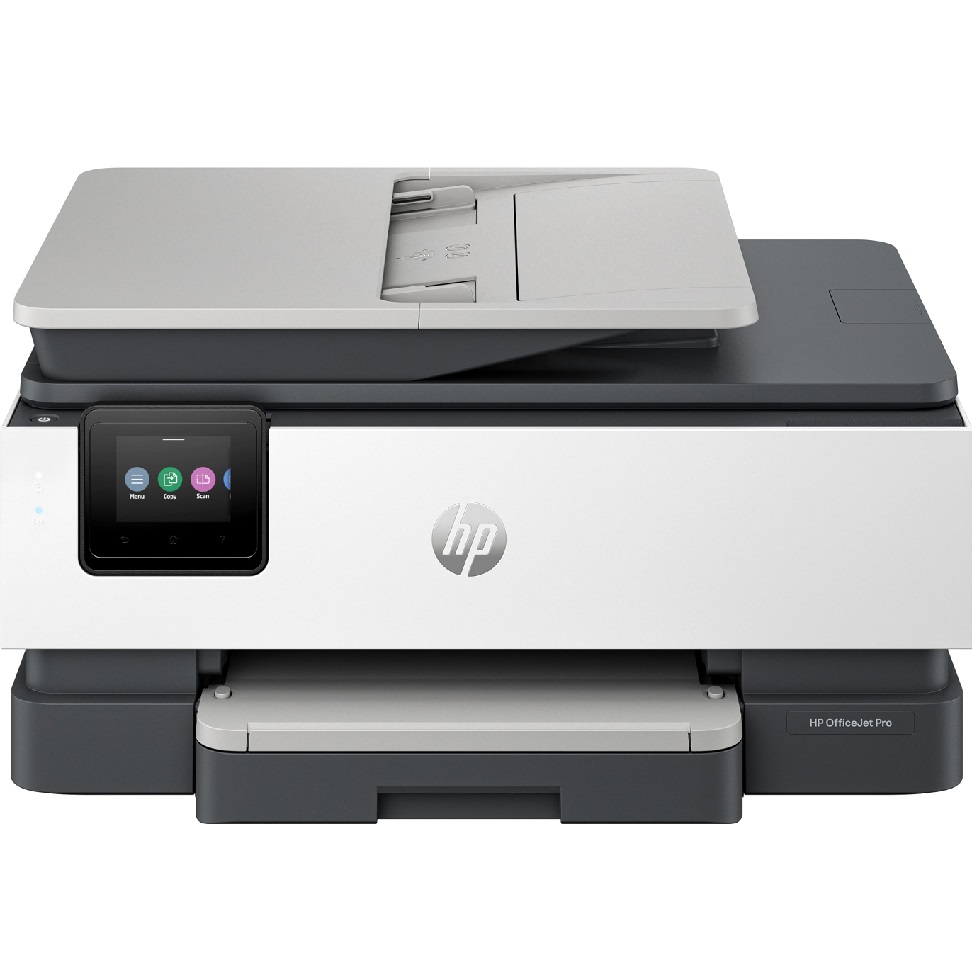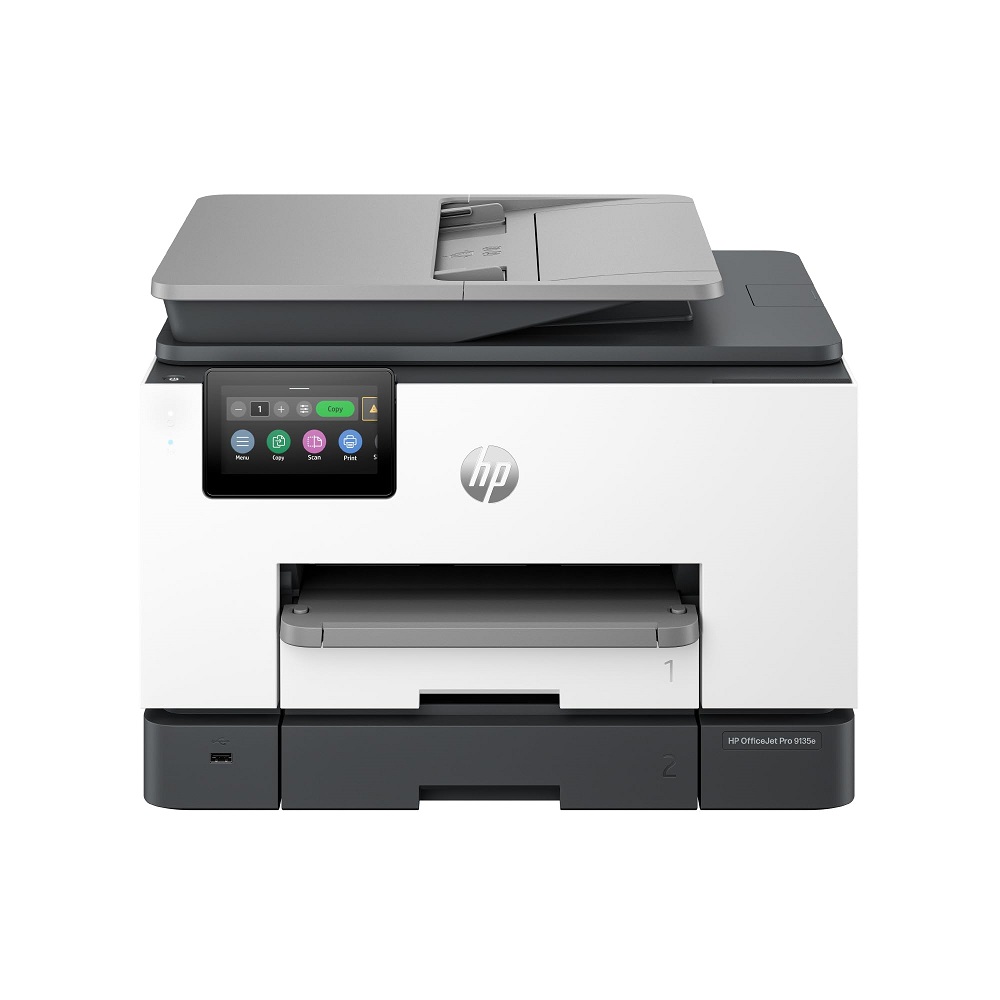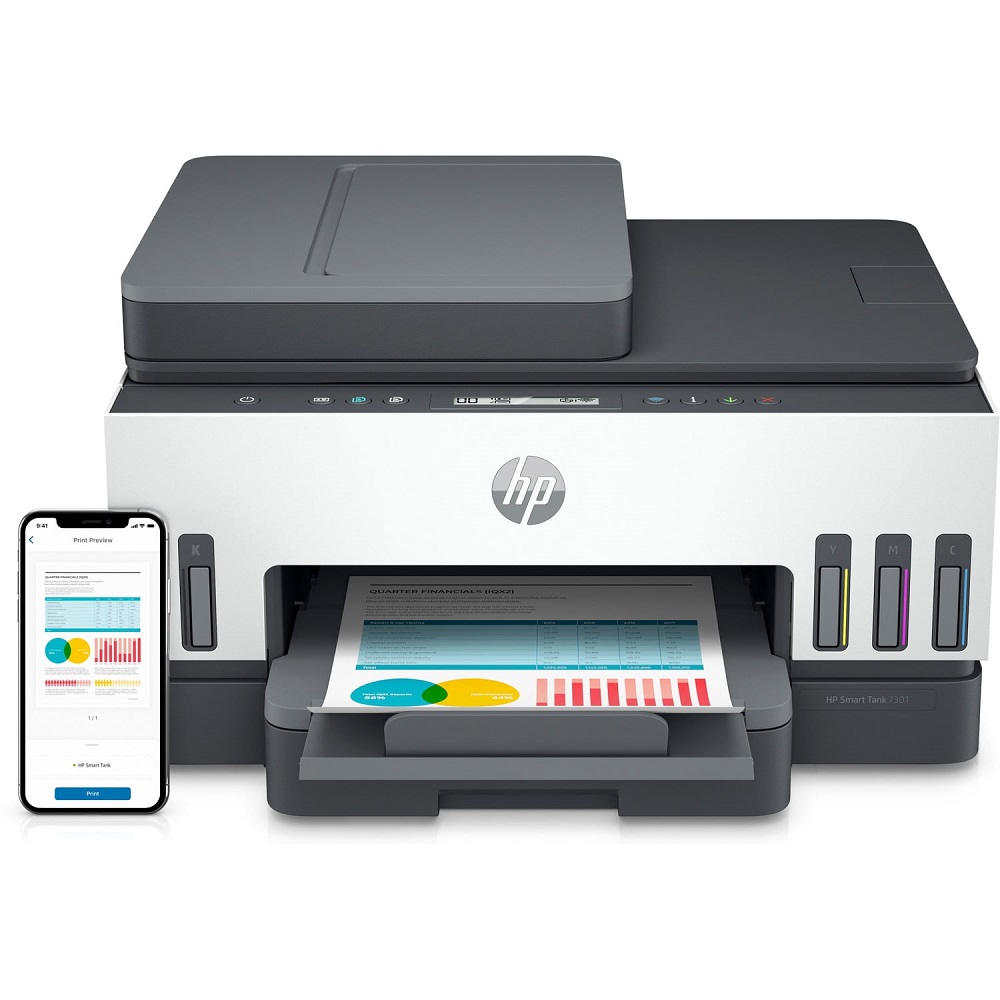Having an HP printer that won’t print can be incredibly frustrating. Whether you rely on it for work documents, school projects, or important photos, a malfunctioning printer can throw a wrench in your plans. Before jumping to conclusions, it is important to understand the common issues associated with HP printers and how to resolve them. This article will walk you through various troubleshooting steps, possible causes for your printer troubles, and additional tips to ensure your HP printer functions optimally.
Common Printer Issues
Connection Problems
If your HP printer won’t print, one major reason could be a connection issue. Printers can connect to your computer through various methods, including USB, Wi-Fi, or Bluetooth. Each connection type has its own set of challenges. For USB connections, ensure that the cable is securely plugged into both the printer and the computer. Try different USB ports in case the current one is malfunctioning.
For Wi-Fi connections, check if both your printer and computer are connected to the same network. Sometimes, the printer may inadvertently connect to a guest network or a different one altogether. If your printer has a control panel, look for a wireless settings option to confirm the connection. You can also check your router’s settings to ensure the printer is connected properly.

If your printer uses Bluetooth, ensure that Bluetooth is enabled on both devices. Navigate to the settings menu on your computer and confirm that your device is recognizing the printer. If not, you may need to re-pair the devices.
Ink or Toner Issues
Another common reason your HP printer may not print is related to ink or toner. Always check the ink or toner levels before troubleshooting further. Most HP printers have a feature that displays ink levels directly on the control panel. If levels are low, replace the cartridges as needed. Sometimes, installed cartridges may be incompatible, even if they physically fit. Ensure that you have the correct cartridges for your specific printer model.
Clogged nozzles can also be a problem, especially for inkjet printers. If the ink cartridges have been inactive for too long, the nozzles could dry out. Perform a nozzle check or a cleaning cycle via the printer’s maintenance options. This process can unclog the nozzles and restore print functionality. Be aware that running a cleaning cycle uses ink, so if you suspect clogged nozzles, act quickly.
Printer Queue Problems
A printer queue can often cause distractions and issues when printing. Sometimes, documents can get stuck in the queue, leading the printer to assume it is busy. To resolve this, go to your printer settings on your computer. Check the print queue for any stalled jobs and delete them if necessary. Once cleared, attempt to print again.
It’s also beneficial to reboot both your computer and printer after clearing the queue. This helps reset any temporary issues that could be preventing the printer from functioning properly. After a restart, try printing a test page to see if the issue persists.
Software and Driver Issues
Outdated Drivers
Often, printer issues can trace back to software problems, particularly outdated drivers. Drivers help your operating system communicate with your printer. An outdated or corrupt driver can lead to printing failures. Visit the official HP website to download the latest drivers for your specific printer model.
After installation, restart your computer to implement the changes. Test print to determine if the issue is resolved. If the problem persists, consider uninstalling the printer software completely and then reinstalling it. This can help rectify any software glitches that may be affecting performance.
Operating System Compatibility
Ensure that your OS is compatible with your HP printer. Updates to your operating system can sometimes lead to compatibility issues. If you’ve recently updated your OS and began experiencing printing problems, check to see if HP has released any software updates. Alternatively, you may need to roll back your OS update if it is causing crippling printer issues.
Sometimes, downgrading software can be risky. Be cautious and back up your data before making any significant changes to your system. In the event of reinstalling drivers, make sure to secure any important documents.
Incorrect Printer Settings
Incorrect printer settings can lead to a myriad of issues. Ensure your HP printer is selected as the default printer on your computer. If multiple printers are installed, it’s easy to select the wrong one. In addition, check the print settings to verify that paper size, orientation, and quality are suitable for your document. Mismatched settings can cause printing errors.
Access your printer properties via the control panel. Under the “Printers & Scanners” section, select your HP printer and review the settings. Make adjustments as needed and save the changes. Afterward, try printing again to see if the problem is resolved.
Hardware Issues
Paper Jams
Paper jams are a frequent issue that can prevent any printing action. If your printer has a paper jam, it will often display an error message. Inspect the printer for any jams, whether in the input tray or within the internal mechanisms. Remove any jammed paper carefully, ensuring that no torn pieces are left inside.
After clearing the jam, restart the printer. Also, ensure you’re using the right type and size of paper recommended for your printer. Sometimes, using thicker paper or paper that’s too small can cause jams. Check your user manual for specific guidelines on paper types and sizes.
Mechanical Malfunctions
Mechanical issues can also interfere with your printer’s ability to function. This can include issues with the print head, rollers, or internal gears. Listen for unusual noises when you attempt to print. These can be telltale signs of mechanical problems. If you suspect a significant issue, consult with HP support or a qualified technician.
It’s essential to handle any mechanical adjustments with care. If you’re unsure how to address a mechanical issue, it’s often better to defer to a professional. DIY repairs can result in further damage if not performed correctly.
Power Supply Issues
If your printer won’t power on, the issue might lie with the power supply. First, ensure that the power cord is securely connected. If you have another power outlet available, test that to rule out outlet problems. Look at the printer’s power indicator. If it’s not illuminated, the issue could also be the power button itself.
If you’ve tested multiple outlets and the printer still fails to power on, it may require professional attention. Sometimes, issues with internal batteries or transformers can lead to power problems. Always take proper measures to secure your printer before attempting any repairs.
Advanced Troubleshooting Steps
Factory Reset
When all else fails, a factory reset may be necessary. This will restore all settings to their original condition. Navigate to the printer’s settings menu and look for an option for a factory reset. Keep in mind that this action will erase your customized settings, so consider this a last resort.
Before performing a factory reset, document your current settings if they are valuable. After completing the reset, set up your printer again, ensuring all connections and settings align with your needs.
HP Smart App
The HP Smart App can simplify various printing tasks and assist with troubleshooting. This app helps manage your printer settings and can often diagnose issues automatically. Download it from your device’s app store and follow the setup instructions.
Using the HP Smart App, you can check ink levels, perform maintenance tasks, and even receive notifications about issues. The app’s troubleshooting feature can guide you through resolving issues step-by-step.
Consult the HP Support Community
The HP Support Community is an invaluable resource for troubleshooting printer problems. Here, users share their experiences and solutions for common issues. Take time to explore discussions related to your specific printer model. You may find step-by-step guides or tips tailored to your particular situation.
Besides reading through existing posts, you can ask your own questions. The community often has seasoned experts who can provide insights or proven solutions. Sometimes, a quick search can save hours of troubleshooting.
Seek Professional Assistance
If you’re still unable to resolve your printer issues after extensive troubleshooting, it may be time to call in the professionals. HP offers customer support services, and local technicians may also handle repairs. Before seeking professional help, gather all relevant information about your printer, including the model number and recent symptoms. This data can assist technicians in diagnosing the problem.
Be cautious about using third-party service providers, as they may not have the expertise necessary for HP products. Using unauthorized services can also void your warranty. Always check the terms of your warranty before seeking repairs.
Maintaining Your HP Printer
Regular Maintenance
To prevent issues in the future, regular maintenance is key. Dust and debris can accumulate within your printer over time, potentially leading to problems. Keep the exterior clean and open the printer to gently vacuum or wipe out any accumulated dust.
It’s also essential to use high-quality paper and ink. Low-quality materials can lead to poor print quality and increase the risk of jams. Regularly check your ink and toner levels, replacing them as needed before they run empty.
Update Software Regularly
Keep your printer’s drivers and firmware up to date. Setting a reminder to check for updates every few months can help ensure optimal performance. Automate this process whenever possible by allowing updates to install automatically.
Ensure your operating system is also up to date. As manufacturers continually release updates to improve performance and security, staying current can help prevent complications and issues.
Educate Yourself
Understanding your HP printer will enable you to navigate issues more effectively. Read the user manual thoroughly and familiarize yourself with its features. It’s also necessary to watch tutorial videos online. Many resources are available to help you understand specific functions or troubleshooting tips.
The more you know about your printer’s specifications, settings, and maintenance procedures, the less likely you will face printing issues in the future. Knowledge can empower you to deal with small concerns before they escalate into more complex problems.
Conclusion
In conclusion, troubleshooting an HP printer that won’t print requires a systematic approach. Understand the common issues and check connectivity, ink levels, and printer settings first. Update your drivers regularly and ensure compatibility with your operating system. Mechanical and hardware issues may also arise, and being observant will help identify them quickly.
If you exhaust all troubleshooting methods, don’t hesitate to reach out to HP’s support services or consult the HP Support Community. Regular maintenance and education about your printer can significantly reduce future issues. By following these steps, you can improve your printer’s performance and ensure it remains a reliable tool for your needs.
